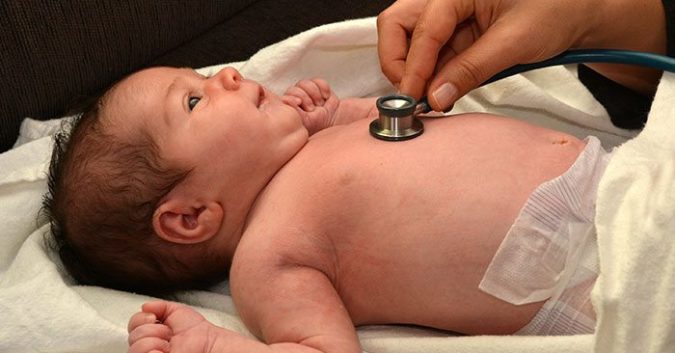Birth defects – medical conditions that occur just before, at, or before birth – affect 1 in 33 babies in the United States. In fact, according to the Centers for Disease Control and Prevention (CDC), a baby is born with a birth defect every 4.5 minutes.
Unfortunately, not all birth defects can be prevented. But what we can do is encourage prevention methods, promote healthy pregnancies, and show support for those whose daily lives are affected by these conditions.
Every year, the National Institute of Child Health and Human Development (NICHD), the National Birth Defects Prevention Network (NBDPN), the CDC, and other research institutes dedicate January to promoting birth defects prevention. Here’s what you should know about National Birth Defects and Prevention Month and how to join in promoting this cause.
Prevent to Protect
Each January focuses on a new theme to highlight particular birth defects and risk factors. This helps inform people on the various ways to reduce pregnancy complications. Otherwise, parents could face early pregnancy loss, prematurity, and stillbirths.
In general, Birth Defects Prevention Month promotes the idea that birth defects are “common, costly, and critical,” and encourages thinking around prevention. The last Prevention Month, for example, was “Making Healthy Choices to Prevent Birth Defects – Make a Pact for Prevention.”
The NBDPN, which works with healthcare professionals and public health agencies to improve nationwide tracking of birth defects and advance research into possible causes, provides a wealth of resources to do this. Some include tips on preventing infections during pregnancy, fact sheets on healthy lifestyle choices, and free materials on folic acid from the CDC. These actionable recommendations aim to help increase a woman’s chances of giving birth to a healthy baby.
This year’s theme is “Prevent to Protect: Prevent infections for baby’s protection.” This will be centered around encouraging women to prevent complications by:
- Properly preparing food
- Talking to healthcare providers
- Protecting themselves from disease-carrying animals and insects
- Maintaining good hygiene.
Infections are a major cause of birth defects, especially for brain injuries such as cerebral palsy. Many of these defects occur within the first 3 months of pregnancy, which is a crucial stage of brain development. It is therefore even more crucial that mothers know exactly how to lower risks.
As 2017’s theme suggests, taking proactive steps to visit a healthcare provider well before pregnancy, controlling diet, and getting up-to-date vaccinations, among other things, are mindful ways to avoid possible problems.
How to Help Raise Awareness
Whether you are conducting research, planning a pregnancy, or simply feel passionate about birth defect issues, now is the time to get involved.
One activity you might consider is to distribute the NBDPN’s January 2017 packet around your community. The packet includes detailed ideas for carrying out the 4 steps above as well as sample articles and press releases you may be able to publish in local newsletters.
Or, you could take to social media – Twitter, Facebook, Instagram, or Pinterest, for example – to create a buzz around the subject of birth defects. If stimulating conversation face to face is preferable, you could also set up a table at your next local event.
You may want to take part in each activity alone, or collaborate with one of the many state or local public health organizations in your area.
Remember that although January is a great month to join conversations and offer support, any time is the best time to prevent birth defects. Learn more about becoming an active participant on this CDC page or by following “National Birth Defects Prevention Network” on Facebook and #Prevent2Protect on Twitter.
